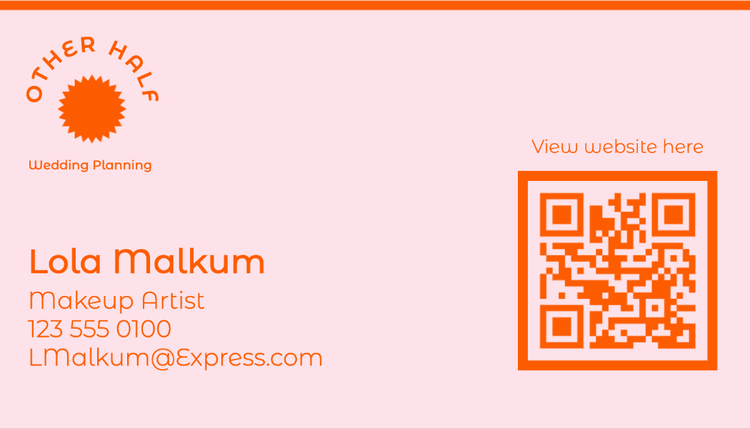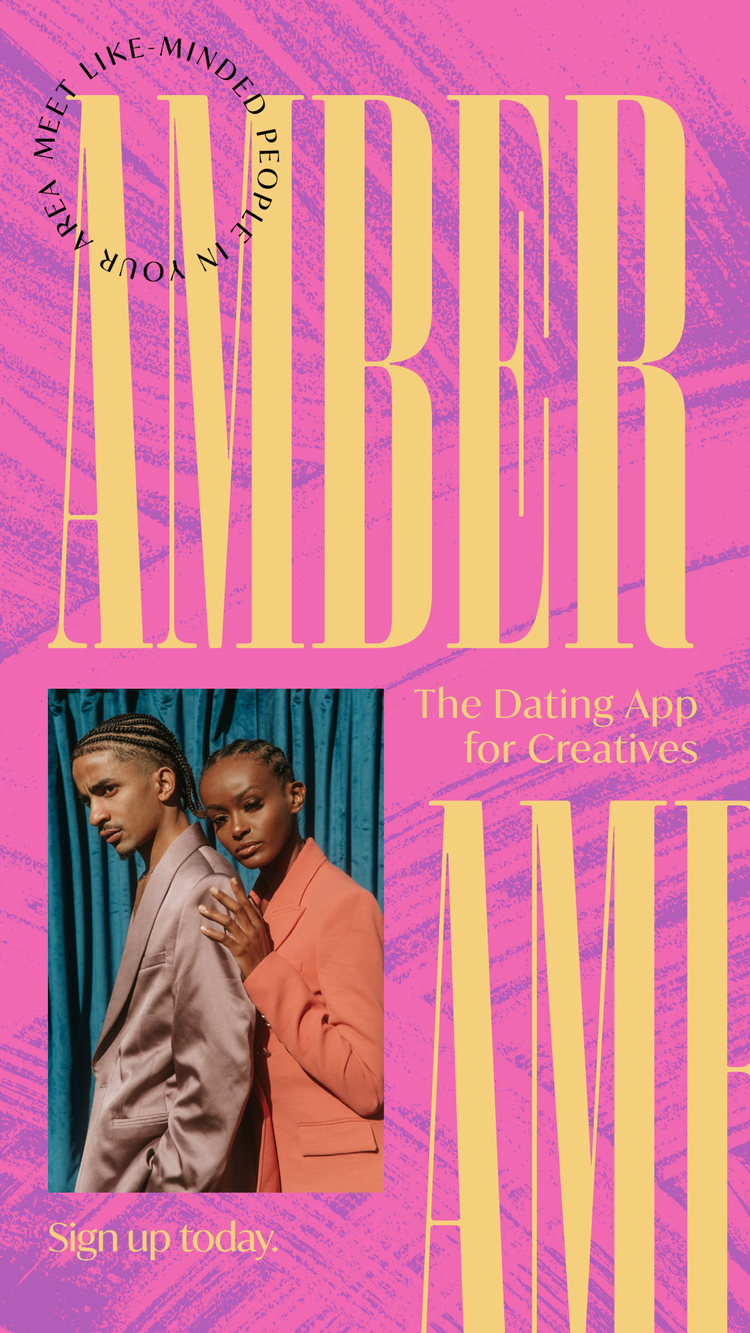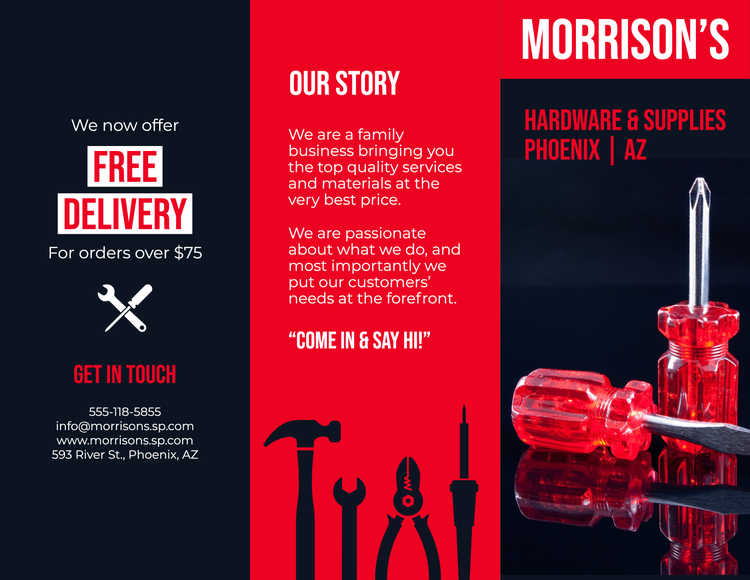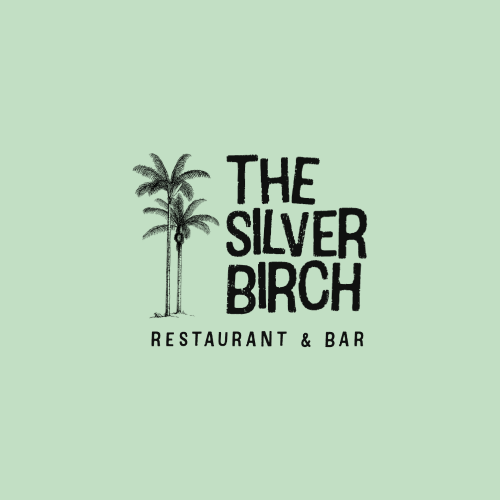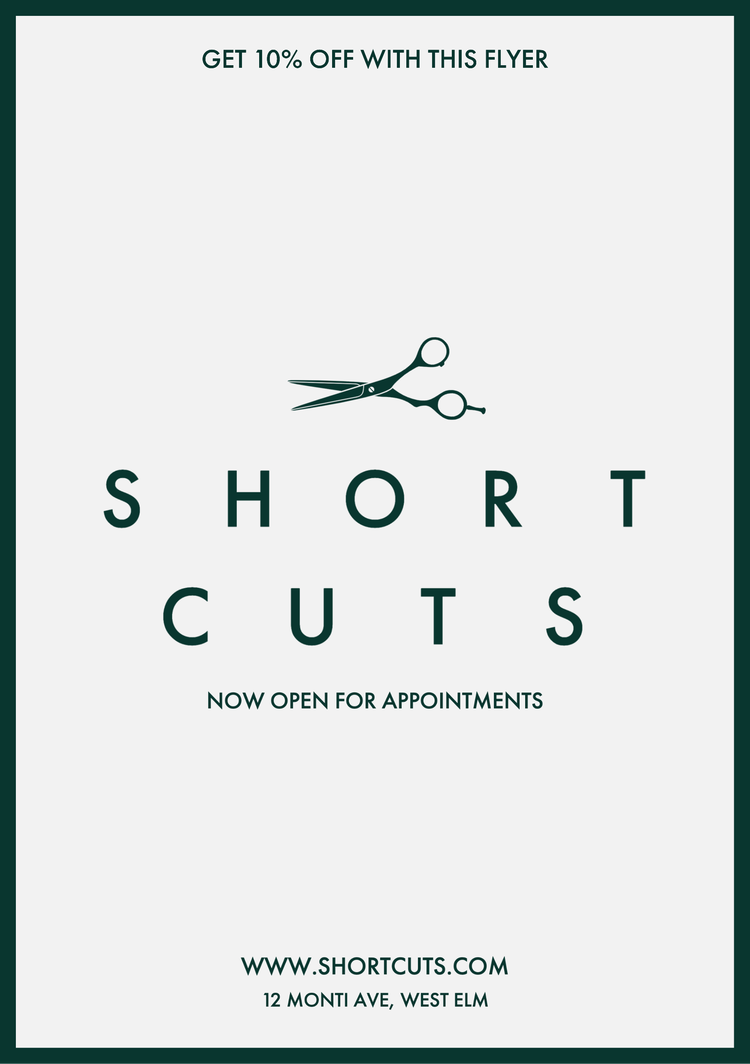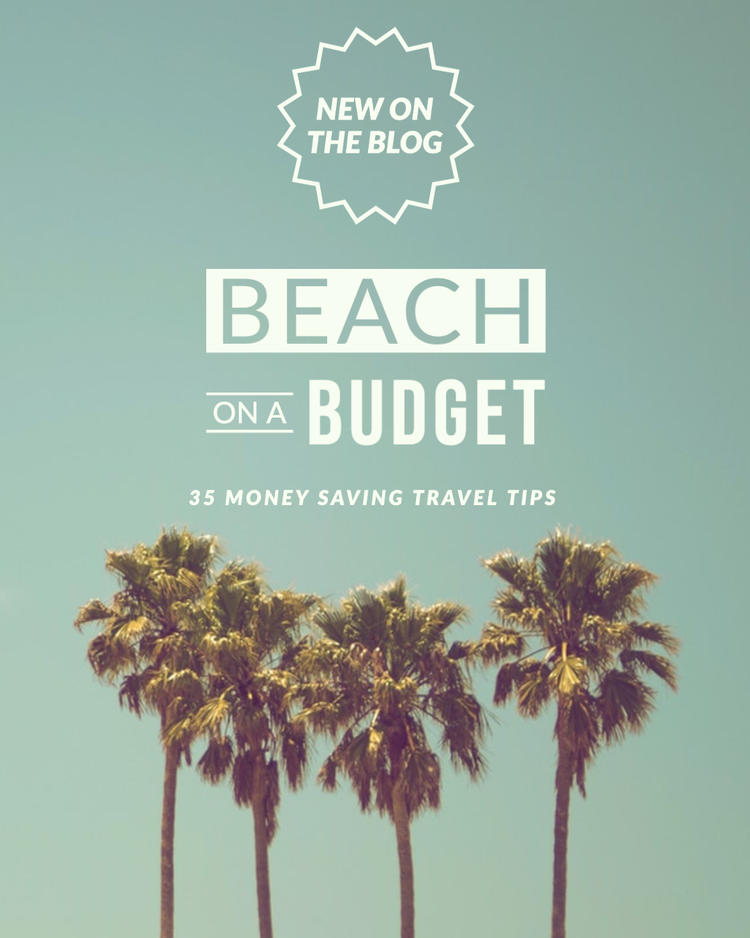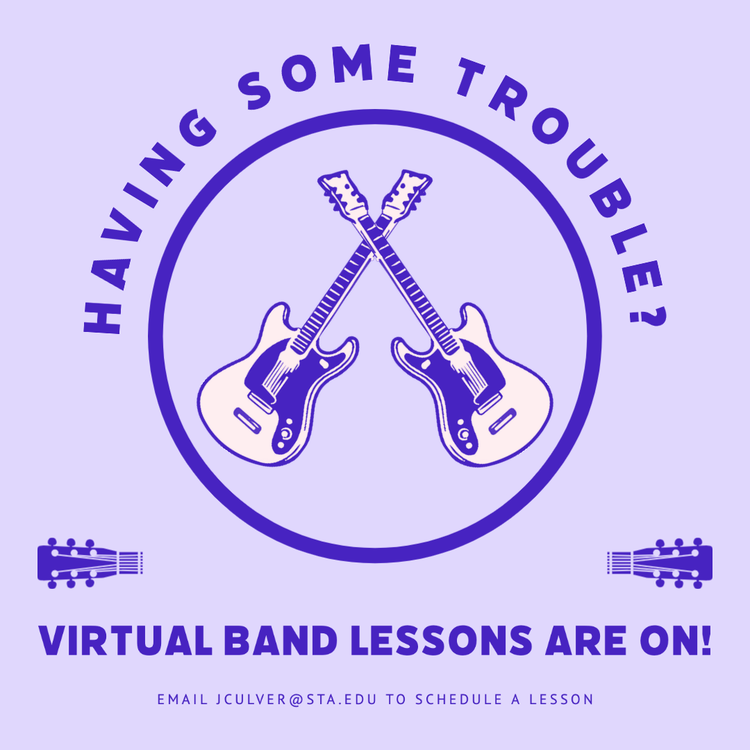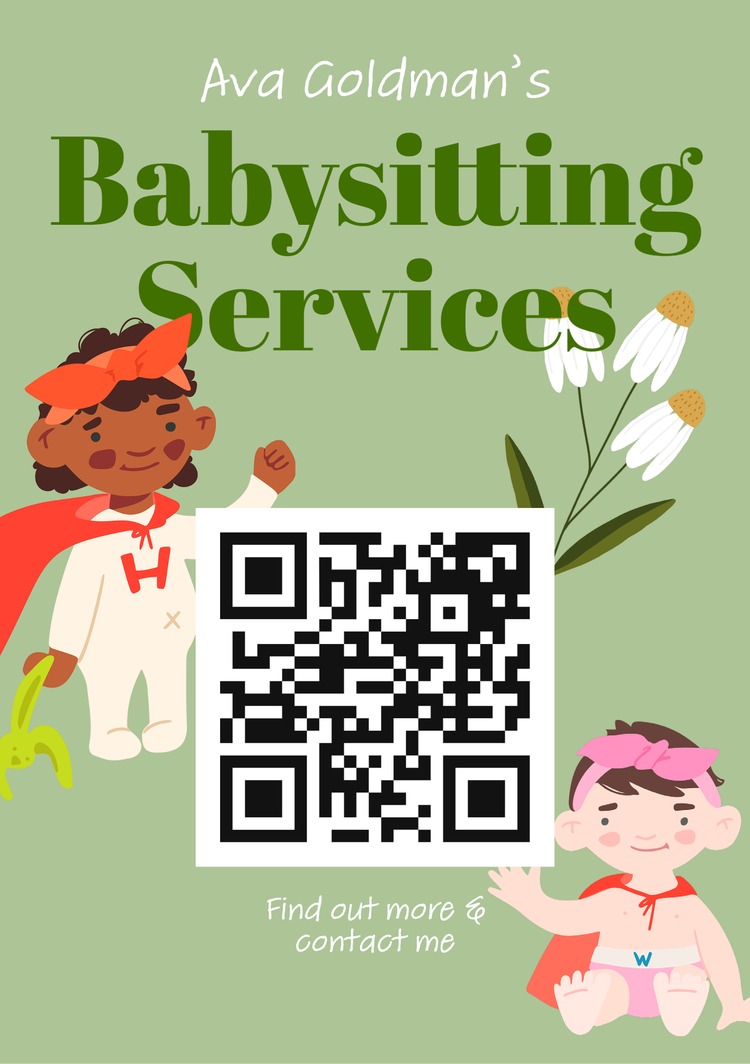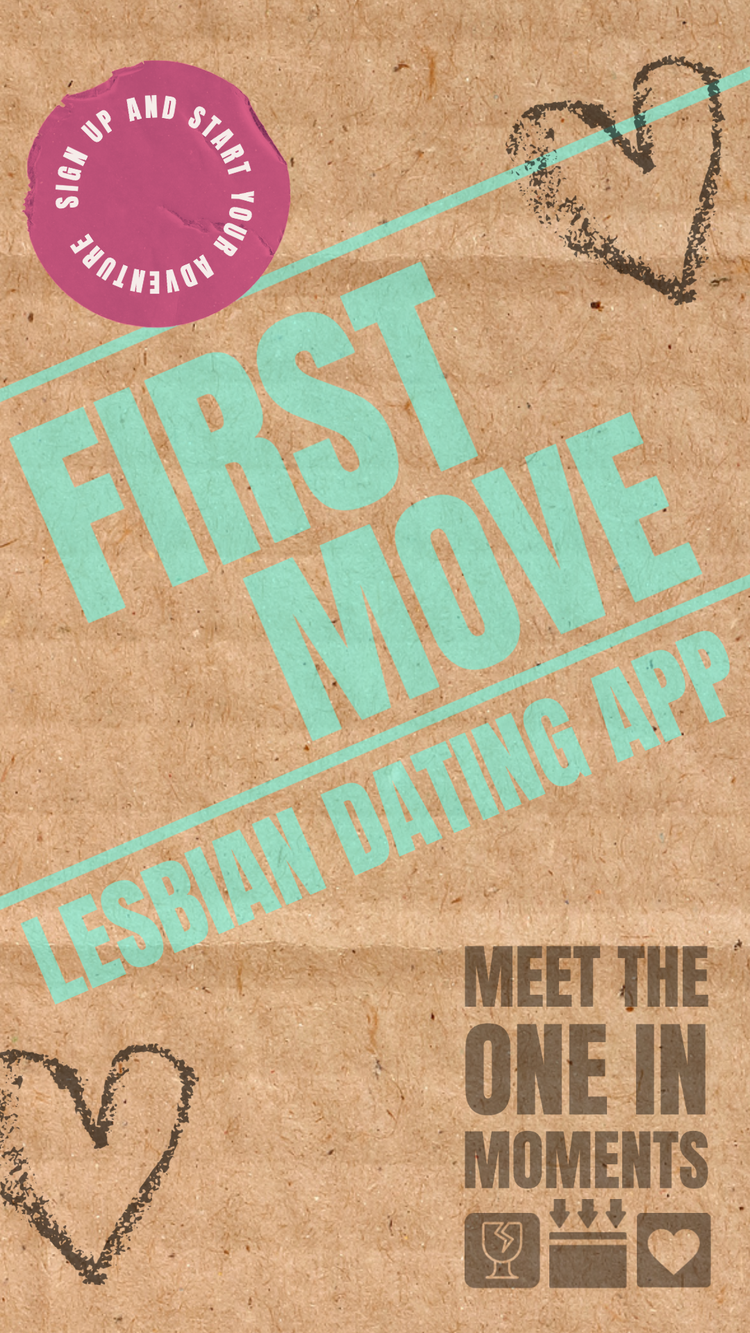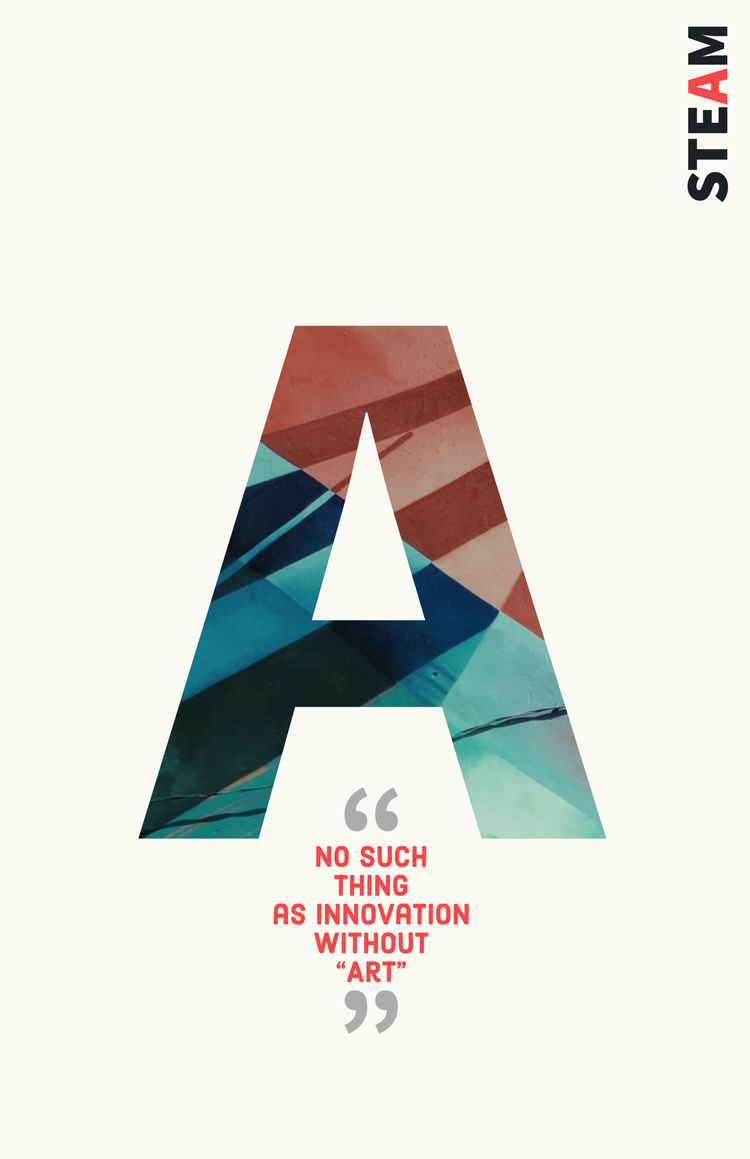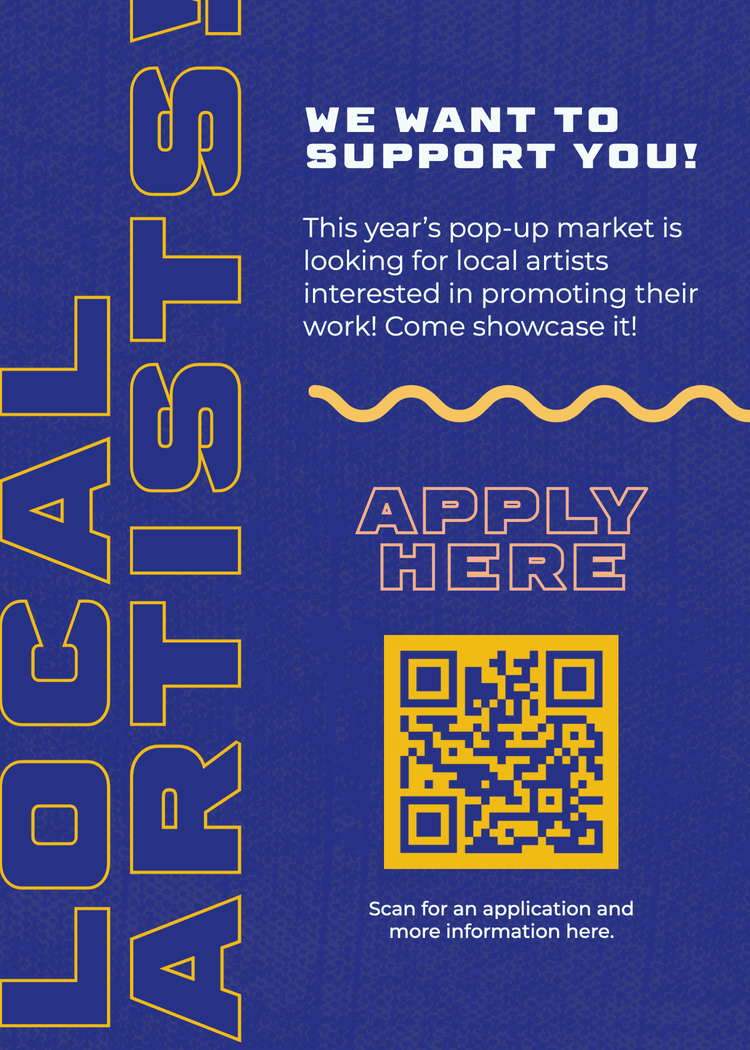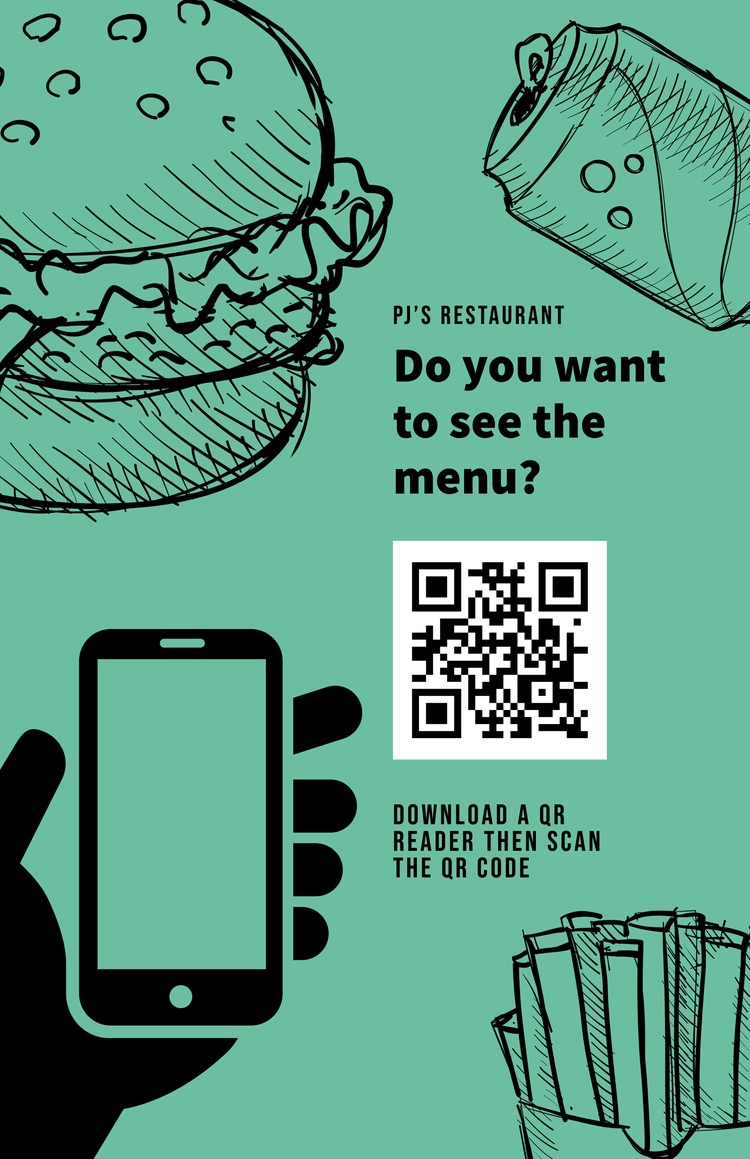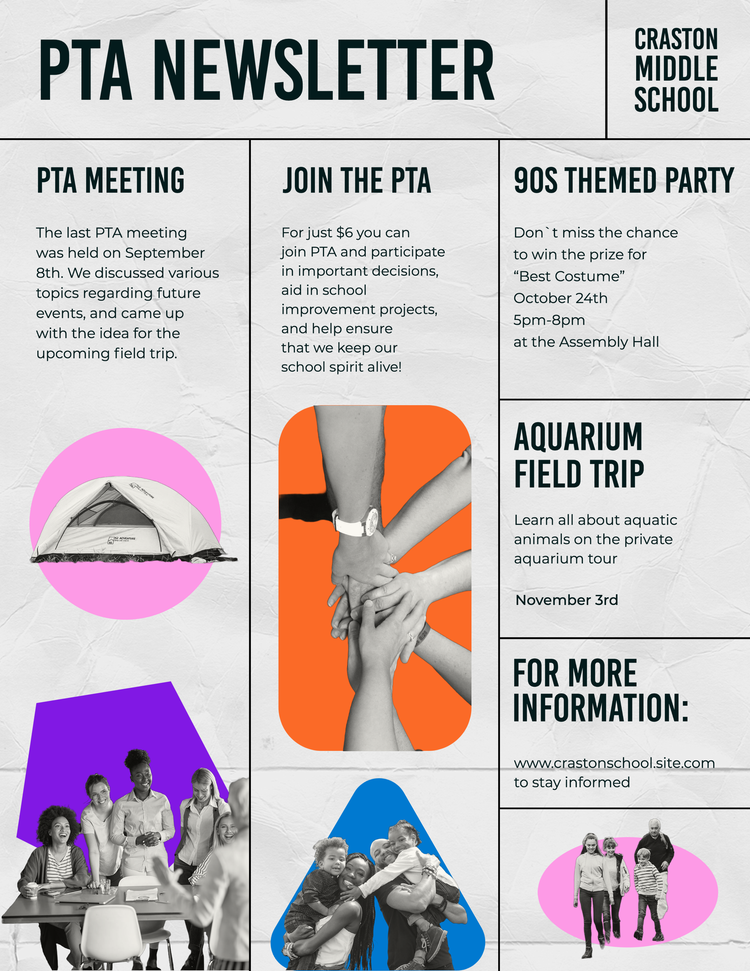The core types of marketing, with effective strategies and ideas for your next campaign
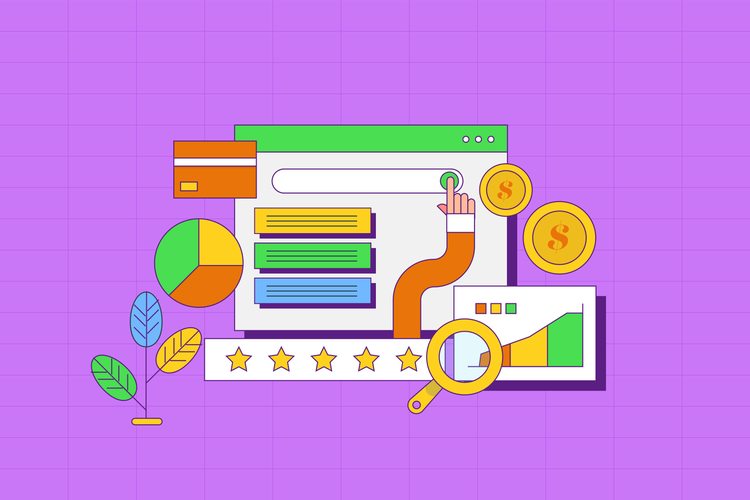
Marketing, in all its forms, is about your customer, both current and future.
Building your marketing campaigns means asking important questions about your business and how audiences experience your brand and messaging: How did your customers learn about your company, product, or service? Where are they interacting with your brand? Which digital or print channels do they prefer? Do certain advertisements and experiences work best in specific locations?
When planning a marketing campaign, begin by setting your end goal. Are you seeking to build a following, increase exposure, or develop a brand? Which platforms and outlets matter most to your audience? How many resources can you divert to this campaign? The more precise you can be about your objectives, the more effectively you can strategize your approach to marketing.
Keep reading to learn more about the fundamental types of marketing, and how you can kick off your projects and campaigns with free customizable templates from Adobe Express.
Summary/Overview
Common marketing types and tips
The best marketing strategies demonstrate a deep understanding of both the business and the audience. It is vital to know when to apply varying tactics and approaches; print marketing materials might be ideal for certain audiences and products, while digital marketing can promise sustained contact with a brand through tools like social media and email newsletters. Make every effort to understand where and how to reach your customers — in short, get them where they live!
Read on to explore the common and core types of marketing you can utilize to realize your goals.
Print marketing
Print marketing might seem antiquated amid our deeply digital era. However, the fundamentals of “art and copy” that apply to most types of marketing are especially useful in print. The physicality and presence of a well-crafted print piece can be impossible, whether it’s a handbill flyer you’re passing out at an event, a poster in a coffee shop window, or a print brochure in a mailbox.
And as prospective customers grow increasingly immune to the daily bombardment of digital media and advertisements, well-placed print campaigns can help your message cut through the noise of a competitive marketplace. The following types of print marketing collateral are excellent vehicles to reach your intended audience through an in-person reading experience.
Print magazine advertisements are a great way to target niche audiences with specific or special interests. Be certain to seek out ad placements in publications relevant to your business and keep a close eye on layout requirements.
Business cards remain a hallmark of the savvy businessperson, helping an individual representing a business to make their expertise and contact information known and accessible to those they meet. A crisp, well-designed business card with a QR code can bridge the gap between the realms of print and digital to make meaningful business and customer introductions.
Posters and signs are a high-impact visual approach to catching customers’ eyes, offering a canvas for bold colors and designs that can be caught at a distance. Consider keeping the text concise in your poster — it is important that readers be able to get the idea at a glance, and incorporating a strong call-to-action can ensure next steps are taken in the intended customer journey.
Pamphlets and brochures allow you to dive deeper into the substance of your message or product. A cover segment and accompanying pages give ample opportunity to use captivating design and text to get your point across in details that are valuable to the reader.
Coasters are a high-impact opportunity to introduce your company and brand to potential customers in the hospitality space. Consider creating a memorable logo for your business to establish familiarity with customers and give them the opportunity to learn more by driving them to your digital properties via QR codes.
Flyers are an efficient and low-cost approach to print marketing and can be updated easily as your business needs and offerings evolve.
Bookmarks are a handy way to stay on the mind of your prospective customers. They offer a simple functionality for a reader wanting to find their place in a book, and subsequently find their way to your business or products.
Digital marketing
The digital world is all around us, and nearly any prospective customer can be reached online by one means or another. Whether through a website, blog, social media content, or email newsletter, internet marketing lets you track engagement and traffic to your web properties, make edits and updates to marketing content on the fly, and engage with interested customers on an ongoing basis.
Get started on your digital marketing strategy using the tips and examples below.
Websites, a sometimes-expansive effort, don’t have to be complicated. Static, information-heavy webpages will often suffice, while a more complex site utilizing video, animated graphics, and integrated interactivity and engagement features can lead readers through a deeper dive into your product or services. Creating and referring to a brand style guide lends consistency to your webpages and digital marketing assets, building familiarity and trust with your audience.
Begin your website by sketching out the purpose and necessary functions of your site, then find the right website builder to accomplish your digital marketing goals. You’ll want to consider the habits and inclinations of your audience, paying mind to whether you are designing your website for mobile, tablet, and/or desktop users. Use Adobe Express to build your website with tools ranging from the easy to the sophisticated.
The example below from TENTU agency for Sister’s Aroma demonstrates how a visually striking website can create the familiarity and trust that creates loyal and engaged customers.
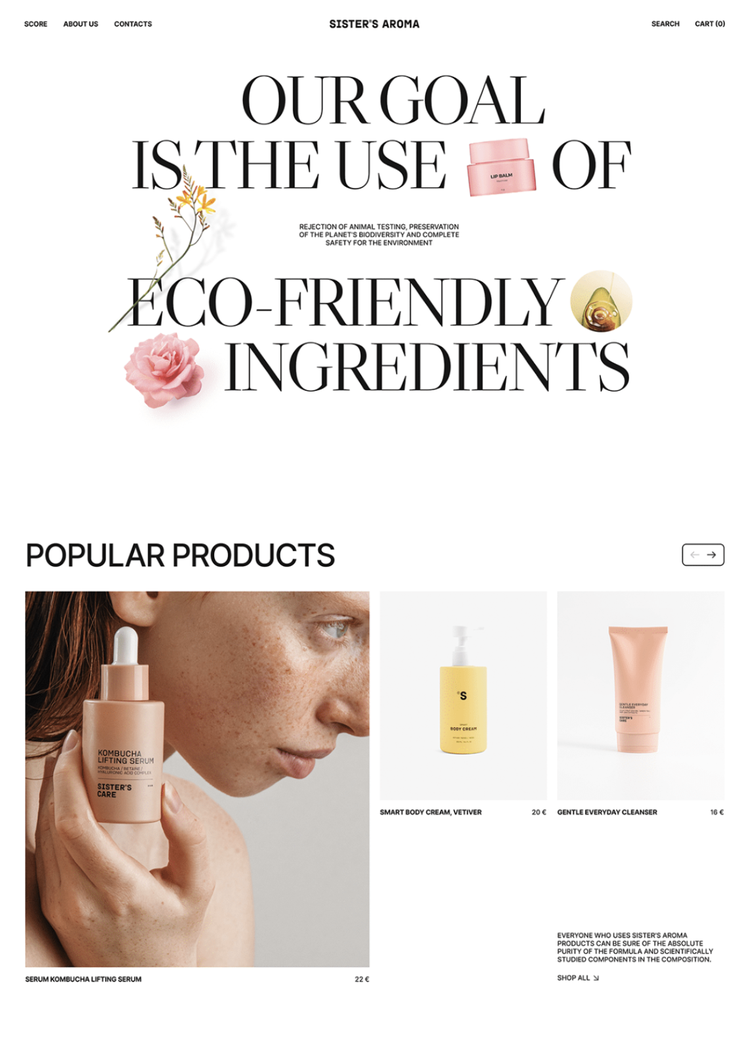

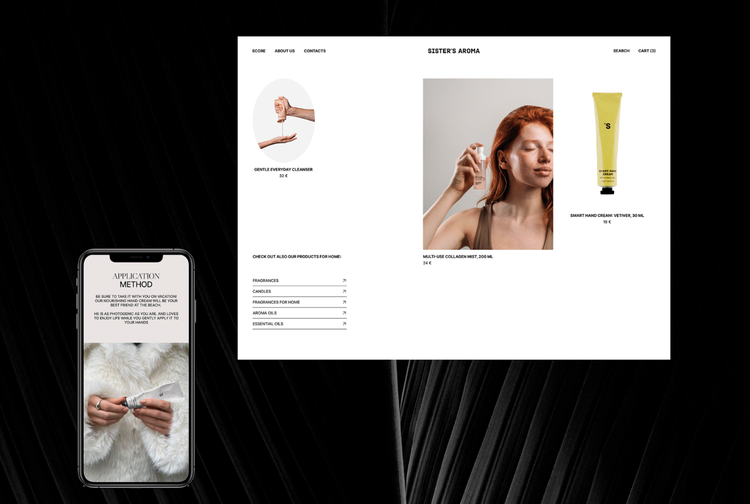
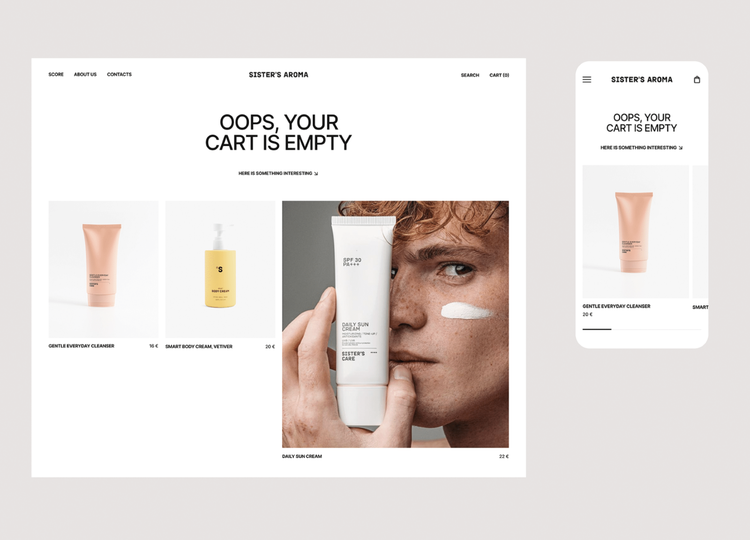
Content Marketing is a proven tactic in providing insight and value to your audience, helping to establish your business as an authority in its industry. A company blog can act as a repository of useful content for customers, allowing readers to dive deep into your services, products, and insights.
Creating a content marketing strategy is no small undertaking, but building and maintaining a well-crafted editorial calendar can help keep your blog vibrant and engaging. You can easily begin your blogging efforts with how-to's and templates from Adobe Express.
Banner ads are a straightforward approach to digital advertising via content placement on websites offering ad space on its pages. They appear to readers in properties where they may not have expected to find your advertisement, so it’s critical to be concise and to include an effective, clickable call-to-action. Keep your banner ad messaging as minimal and easy-to-read as possible.
There are dozens of commonly used banner ad sizes, so be sure to check with the platform you’ll be uploading your banner to for exact specification.
Social media, that many-splendored online realm with platforms ranging from text-based to highly visual and engaged video platforms, offers countless approaches and possibilities for marketing digitally, capturing insightful metrics, and creating the conditions for expanded audience reach through the resharing of social content.
Successful social media campaigns tend to consider current social media and visual design trends, as well as how content and respective social platforms can be optimized to best achieve strategic marketing goals. Use trending templates from Adobe Express to get started with fresh social content designs and libraries of free image and graphic assets. Then, have fun customizing your social graphics with your own photos, messaging, and color scheme.
SMS advertising sends personalized messages in a text format to mobile phone users. SMS messages can be previewed before they are sent.
The length of an SMS message is typically restricted to 160 characters if it is in GSM encoding, and only 70 characters if it is in Unicode. However, certain special characters can influence the length of the message, and it is sometimes possible to include images within texts.
Email marketing looks a lot different than it did twenty years ago. The inbox is the destination for everything from important work emails to calendar reminders to bills and receipts, and it’s never been more difficult for marketers to break through the clutter and capture the attention of a customer scanning a full inbox.
A strong email marketing strategy does more than maintain a line of contact with your buyers. Email marketing gives you the ability to craft a compelling narrative, allowing you to connect with customers in a personalized and engaging way. Developing this relationship requires care and consistency in order to establish your brand as a familiar and welcome presence in your customers’ inbox.
With the right data, you can understand the context of how, where, and when your customers will open your message, so you can make it truly relevant. Whether you’re doing a multi-message campaign or a one-off outreach piece, you can make a beautiful and well-designed email that’s not only useful, but looks good on both a user’s desktop and mobile device.
Newsletters are an effective digital marketing tool for nonprofit organizations and businesses large and small. A well-designed, well-timed, and informative newsletter, whether sent to readers digital via email newsletter or in print through the mail, positions you as an authority to your audience. They are also useful for increasing exposure to your brand and products and staying connected with customers and supporters.
Form and function are essential to a newsletter that readers will actually read. Free remixable templates from Adobe Express make it easy to create an intuitively scannable and visually engaging newsletter, making audiences more inclined to pay attention to your most important content.
QR codes have been heavily adopted by demographics of all types — mobile smart phones with intuitive cameras make it as easy as aiming and clicking to connect audiences to any of your digital properties. They can be used to drive people to your website or to collect feedback and payments. For a quick and easy way to create your QR code, use the Adobe Express QR code generator.
Direct marketing
Direct marketing is when a company, organization, or entrepreneur communicates directly with specifically targeted audiences with messaging geared toward the individual through more personal avenues of communication, such as a mailing address or email inbox.
This approach tends to focus less on broad, multi-demographic audiences and campaigns, and more on readily identifiable niche audiences, like homeowners (who have publicly listed addresses) or previous customers (who’s information you have on file from previous purchases or interactions). Direct marketing requires a studied understanding of your potential audience and customers, and creates the possibility of mixing online and offline approaches — such as email marketing or direct mail — in your marketing strategy and customer journeys.
Business-to-business (B2B) and business-to-consumer (B2C) marketing
B2B marketing is when one business sells a product or service to another through an audience of entrepreneurs and companies, targeting decision makers as customers, rather than broadly targeting individual consumers as customers as is the case when advertising and engaging in a business-to-consumer relationship. In what is often known as B2C marketing, companies market directly to individual, personal buyers of products or services.
B2B marketers often forget that business customers are individuals first, just like anybody else. At the end of the day, you are marketing to a human being that analyzes their purchases as thoughtfully as anyone on a weekend trip to the mall. A decision maker in any business or organization goes to the grocery store, makes retail purchases, and participates in social media. B2B customers bring B2C expectations into a B2B setting. The basic principles of good writing and design are as important as ever in both B2B and B2C — as well as nonprofit and fundraising — business models.
Sales cycles are typically much longer in B2B, and more people are involved in the purchase decision, compared to a B2C purchase. B2C customers buy products more frequently, so there are more frequent opportunities to make your case through marketing efforts. B2C is fast-paced, and market changes can happen overnight. B2B marketers must use a different set of tactics to acquire, convert, and retain customers, typically operating on a much longer sales cycle.
Campaign and omnichannel marketing
The difference between message and medium is vital to understanding campaign and omnichannel marketing. Your “message” is what you are trying to say and convey through your marketing efforts, deriving from your strategic goal. The medium is the “how,” the means through which you are communicating to your audience, whether in print or digitally. The biggest similarity between these two marketing concepts is consistency.
With your business goals and marketing message determined and ready, your first step in successful campaign marketing is analyzing and choosing what marketing tools and tactics best lend themselves to your strategic sequence of steps. The marketing types and tactics discussed previously in this article make up the building blocks that come together to create full-fledged marketing campaigns. Campaign marketing efforts may involve a range of media including television, in-person events, printed and snail-mailed materials, the internet, social media, newspaper and magazine ads — anywhere you can communicate with an audience can be considered a medium at your disposal.
Omnichannel marketing utilizes the mindset of campaign marketing, and is itself an approach that can be used in marketing campaigns. But more than just a particular marketing tool, omnichannel marketing is a practice and mindset for creating for your audience, clients, customers, and prospect a fully realized and integrated experience of your brand, product, and company.
Customers today have choices about how they interact with a company, and they often engage in multiple ways before making a purchase, whether as a business or as an individual. Omnichannel marketing ensures customers have an uninterrupted experience at every point along their journey as they flow between channels and devices. While incorporating in-person experiences in settings like brick-and-mortar stores, this type of marketing relies heavily on digital marketing tools and best practices, spanning online and offline channels and mediums.
In addition to providing a consistent brand experience, omnichannel marketing also targets customers with personalized messaging based on their interests and activities. This requires merging data from all channels — including past interactions with the brand, each stage of the customer journey, and other information (collected with permission) — to create a holistic picture of each customer that makes it possible to serve up content and calls to action tailored to their individual needs. In this sense, omnichannel marketing is an ongoing process that spans the lifecycle of a customer.
Communicating with your customers through multiple marketing channels can work for you or against you. When the different channels aren’t working together, there can be noise and confusion about what they’re reading. When they’re synchronized, the respective instances of interaction with your marketing campaign combine and complement each other to give your customers a powerful and cohesive experience with your brand and message.
Marketing inspiration and examples for any business
Well-executed marketing campaigns can take countless forms and incorporate a variety of strategies and tactics. A good place to start imagining yours is with real-world marketing examples inspirational for all sorts of businesses.
Examples of signage, business cards, direct mail, pamphlets, and social media posts: Solace Home
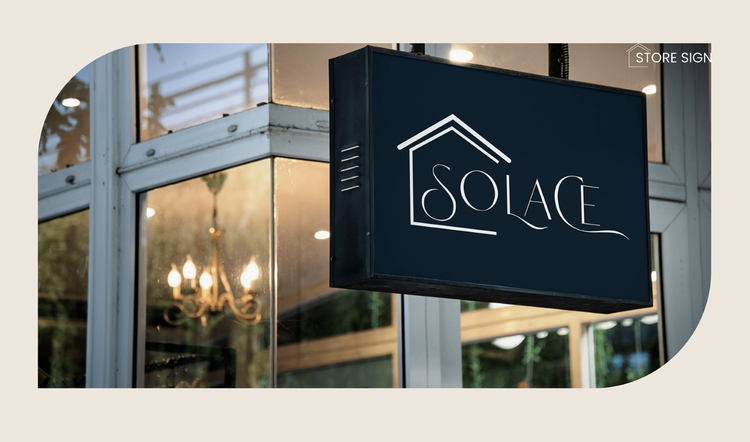
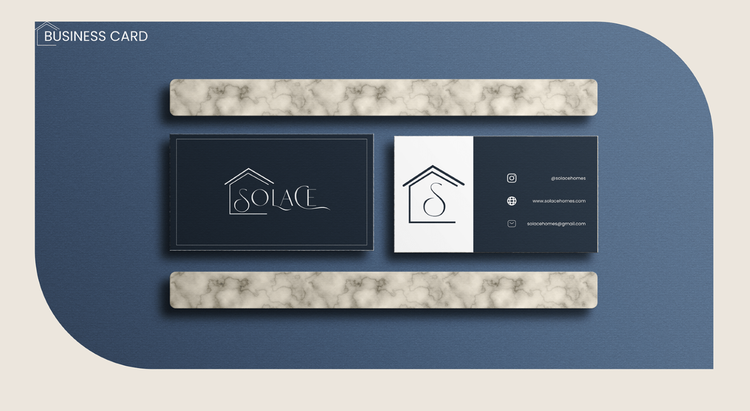
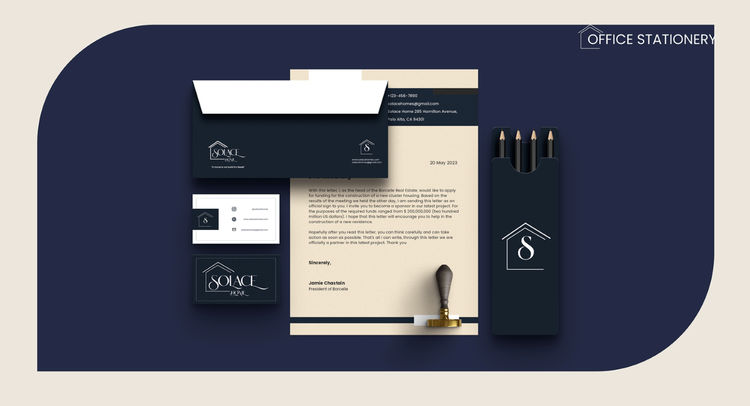
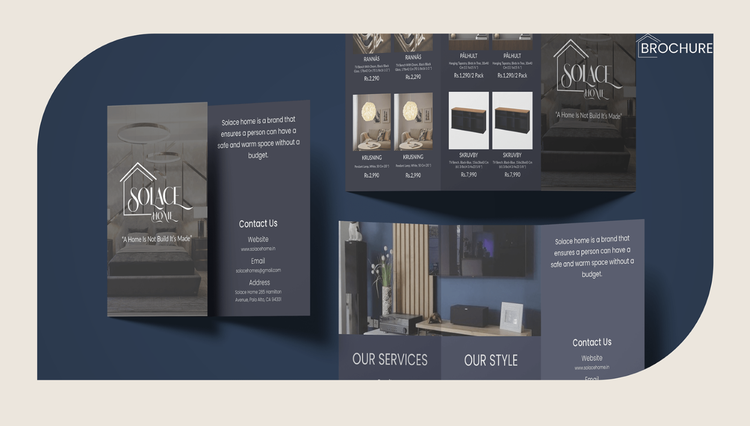
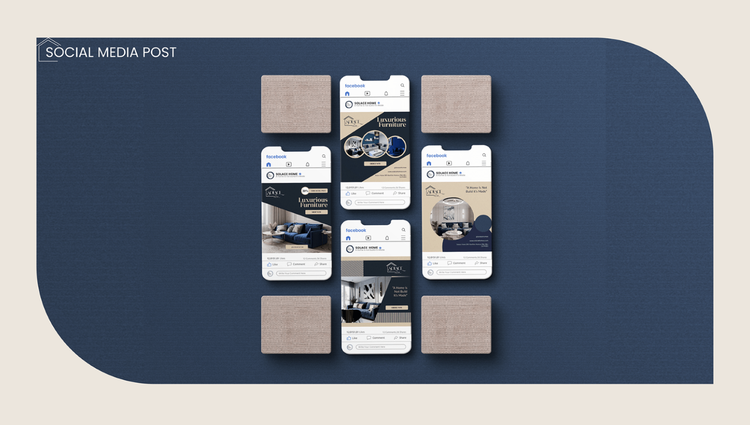
Examples of print magazine ads, signage, posters, and billboards: Heineken
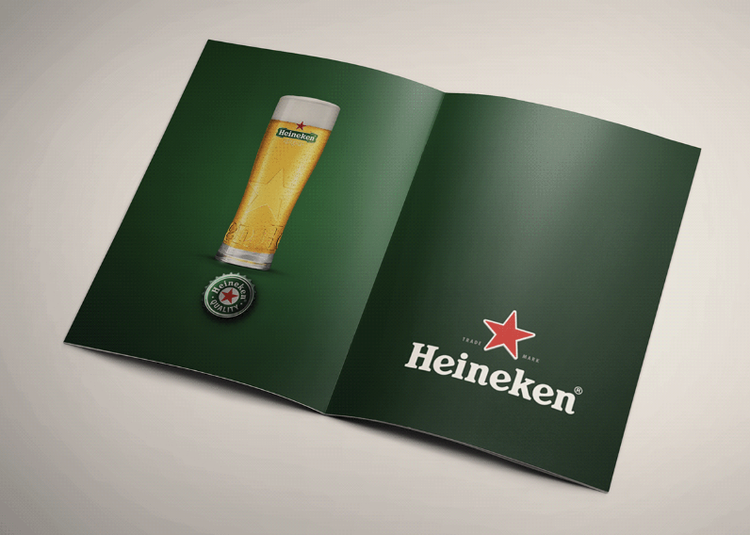
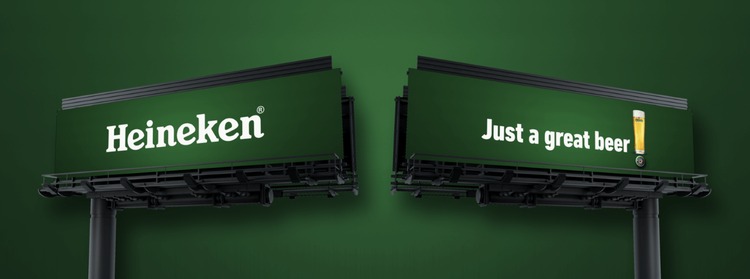
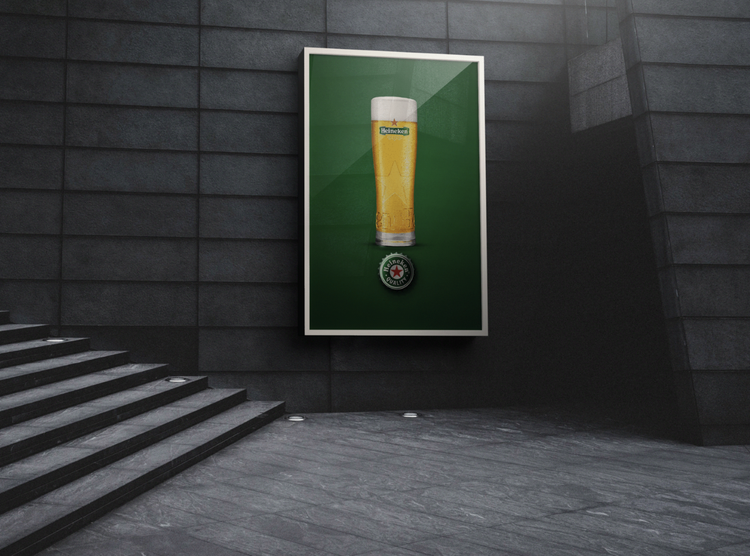
Examples of print magazine ads, social media posts, banner ads, and website: Wear Your Support
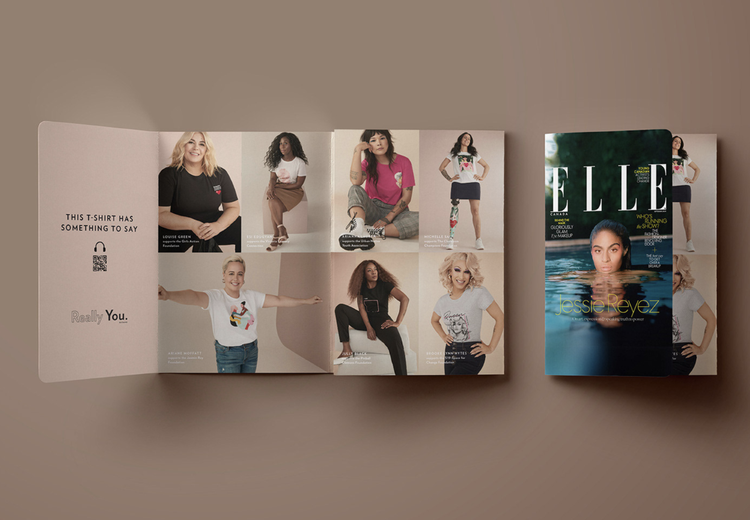
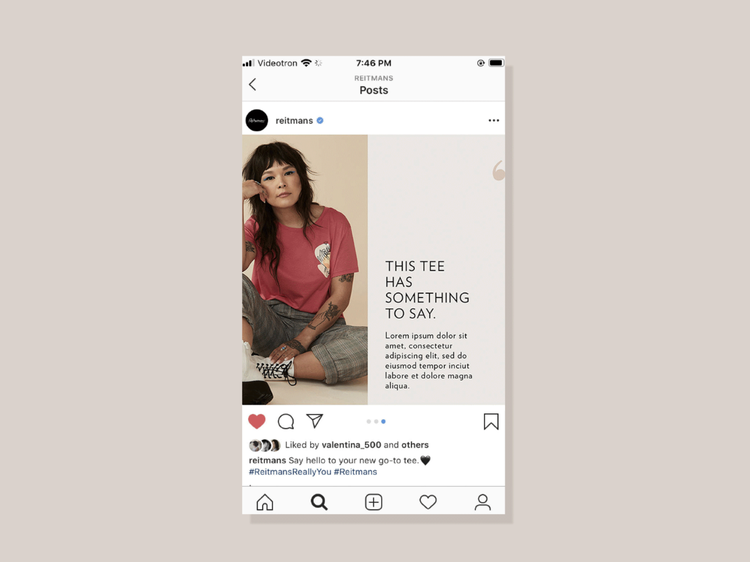
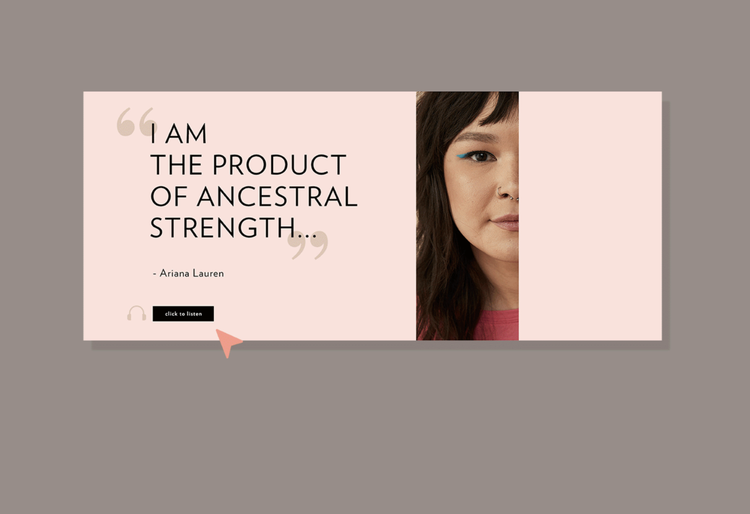
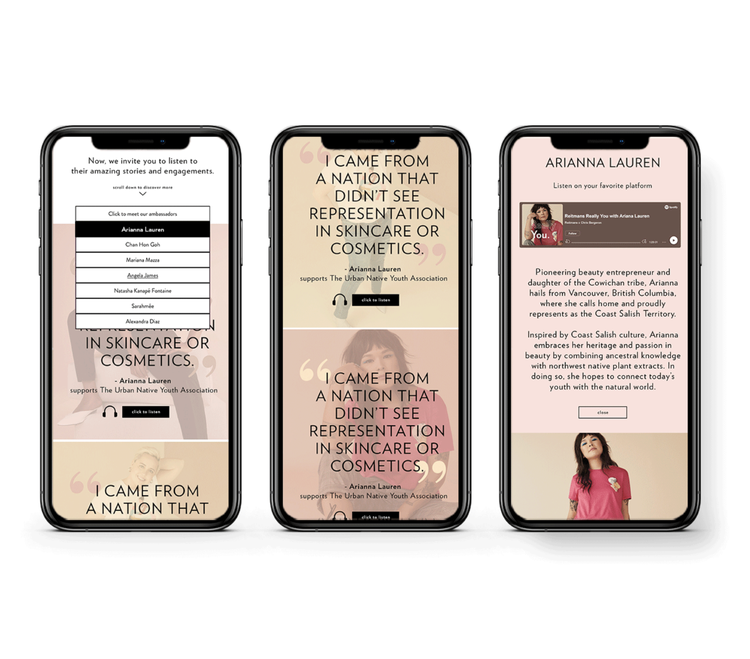
Examples of brochures, graphic sweatshirts, and posters: Alchemy Digital
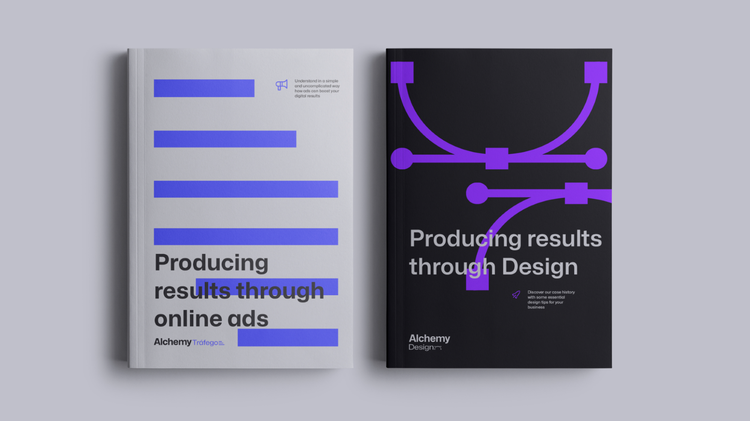
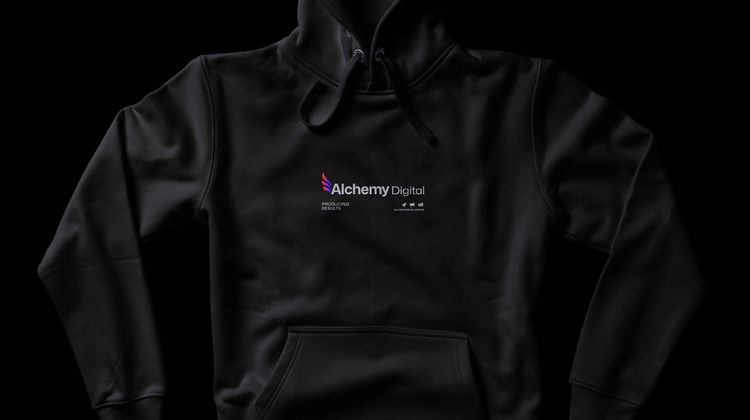

10 Adobe Express templates to kick off your marketing campaign
Adobe Express has an ever-growing collection of trending marketing templates, including advertisements, logos, brochures, flyers, posters, and so much more. Easily search for templates by project type, occasion, theme, or aesthetic. Get started today with these free remixable templates.
This post was updated on September 29, 2023.

